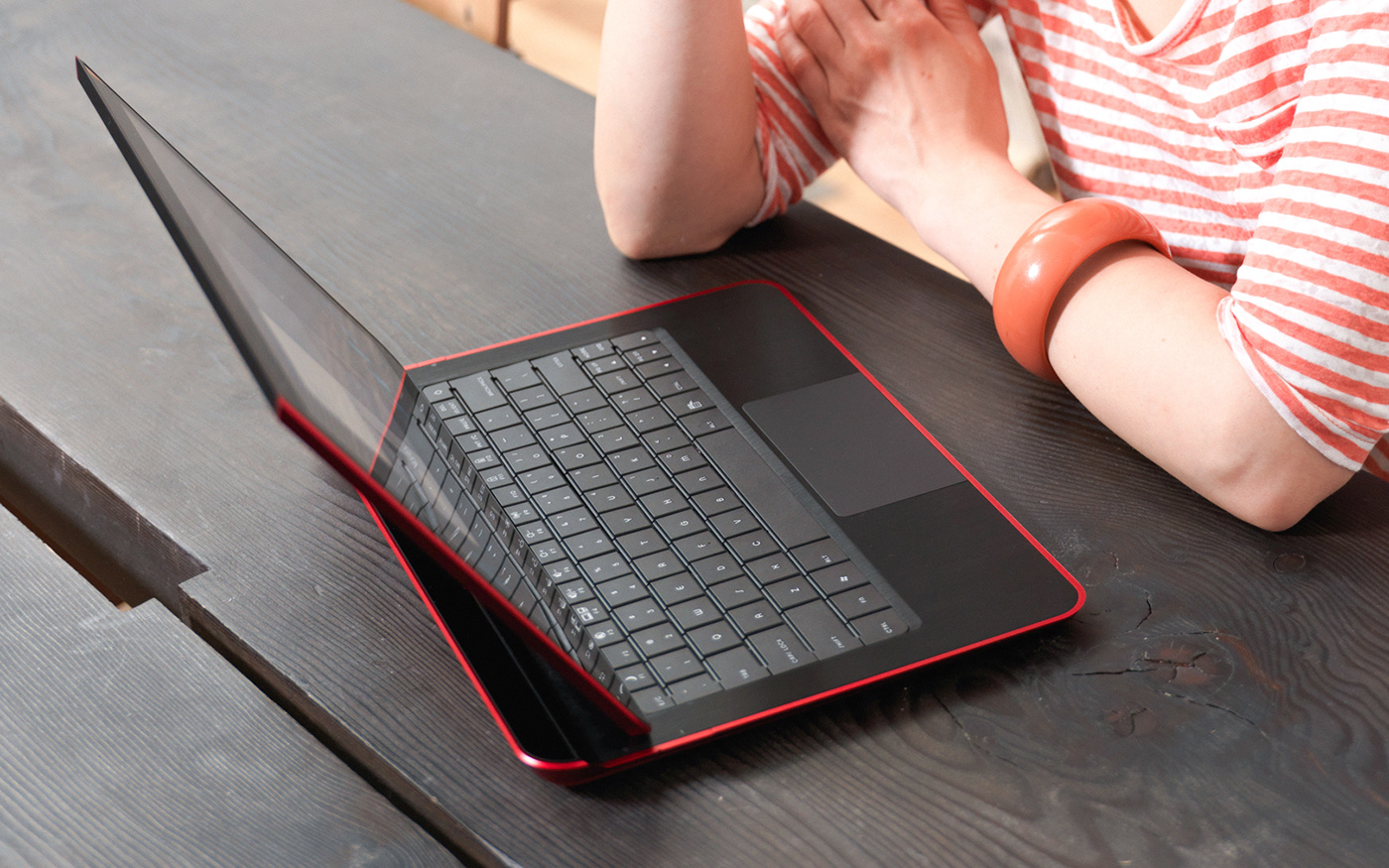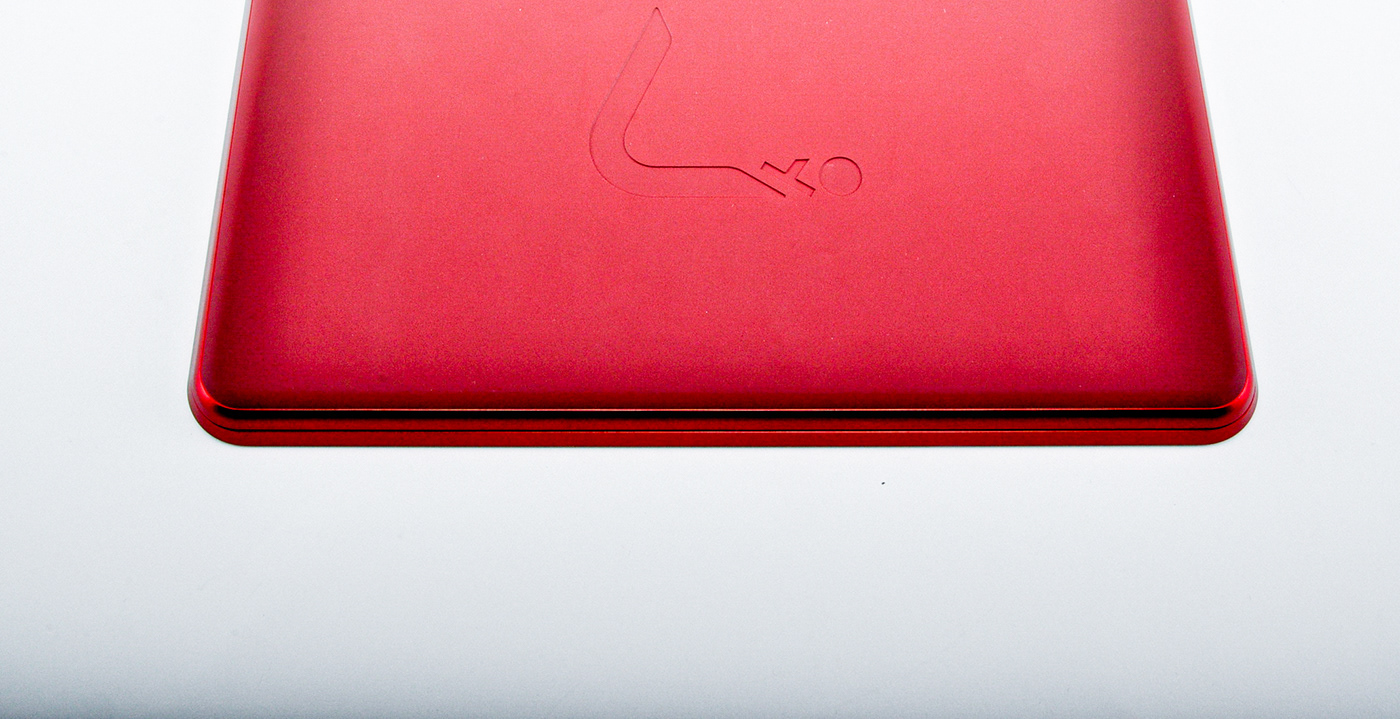
Cove Point is a convertible Ultrabook reference platform. Originally code-named Latexo, Cove Point is the product of an early collaboration with Microsoft for the Windows 8 operating system. As the first mainstream OS to be designed with touch in mind, this opened the door for hardware designers to finally consider touch devices in the context of full-fledged computing devices. Now with Microsoft answering the call of the tablet revolution, Intel had a mission to provide competitive hardware that could potentially offer more range than low-power tablets. We envisioned this would be the dawn of a new category, which Intel branded as “UltraBooks.” Cove Point was Intel’s flagship device developed to the pre-production stage and presented at CES 2012

It was 2010, and we were starting to see the effect tablets and touch computing was starting to have on the world. Computing was becoming more mobile, and more versatile than the PC model. Intel's advantage has always been in powering the computers that make the world turn, but we began to ask the question of whether we could add the versatility of a tablet to the mix.
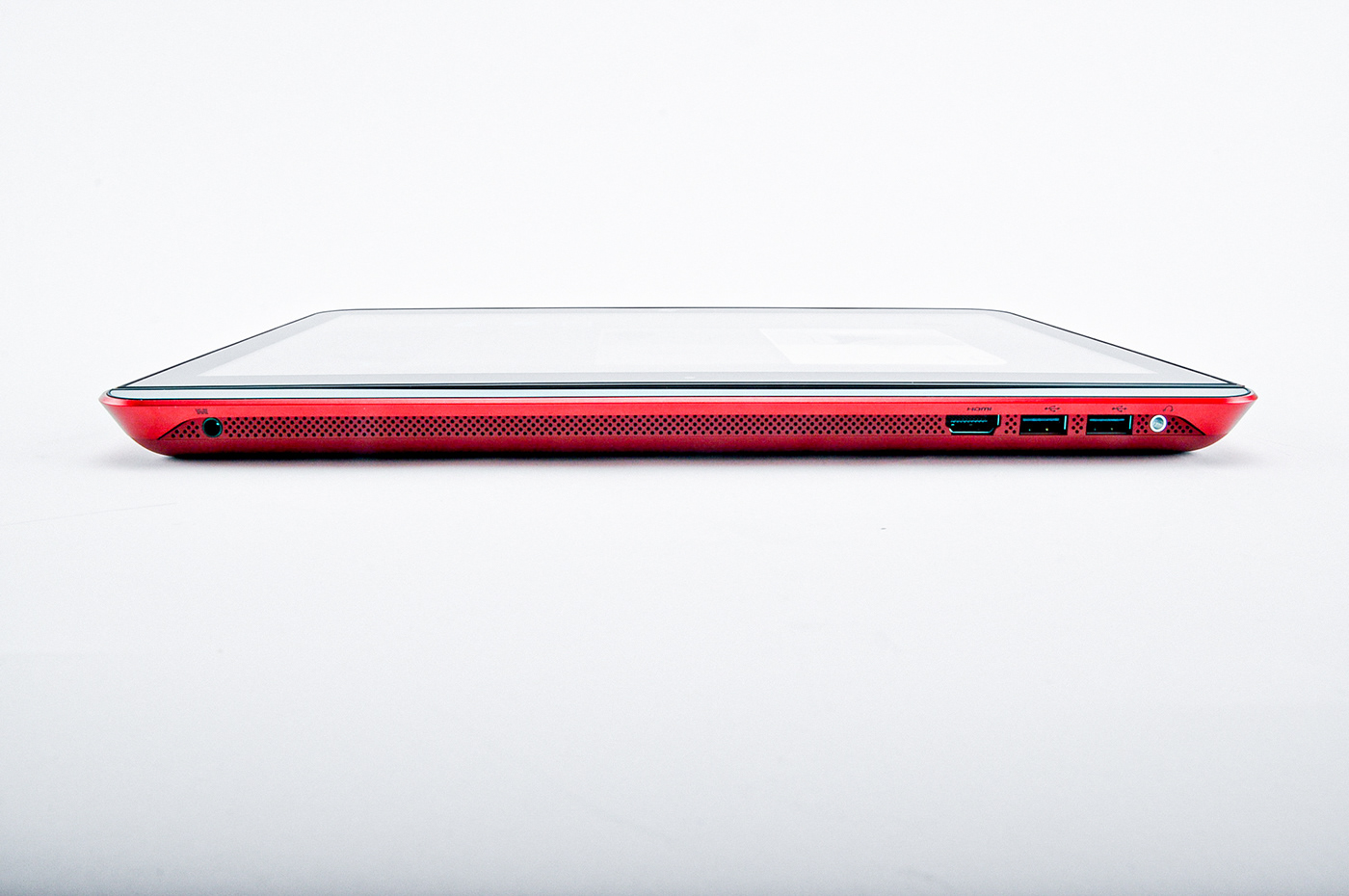
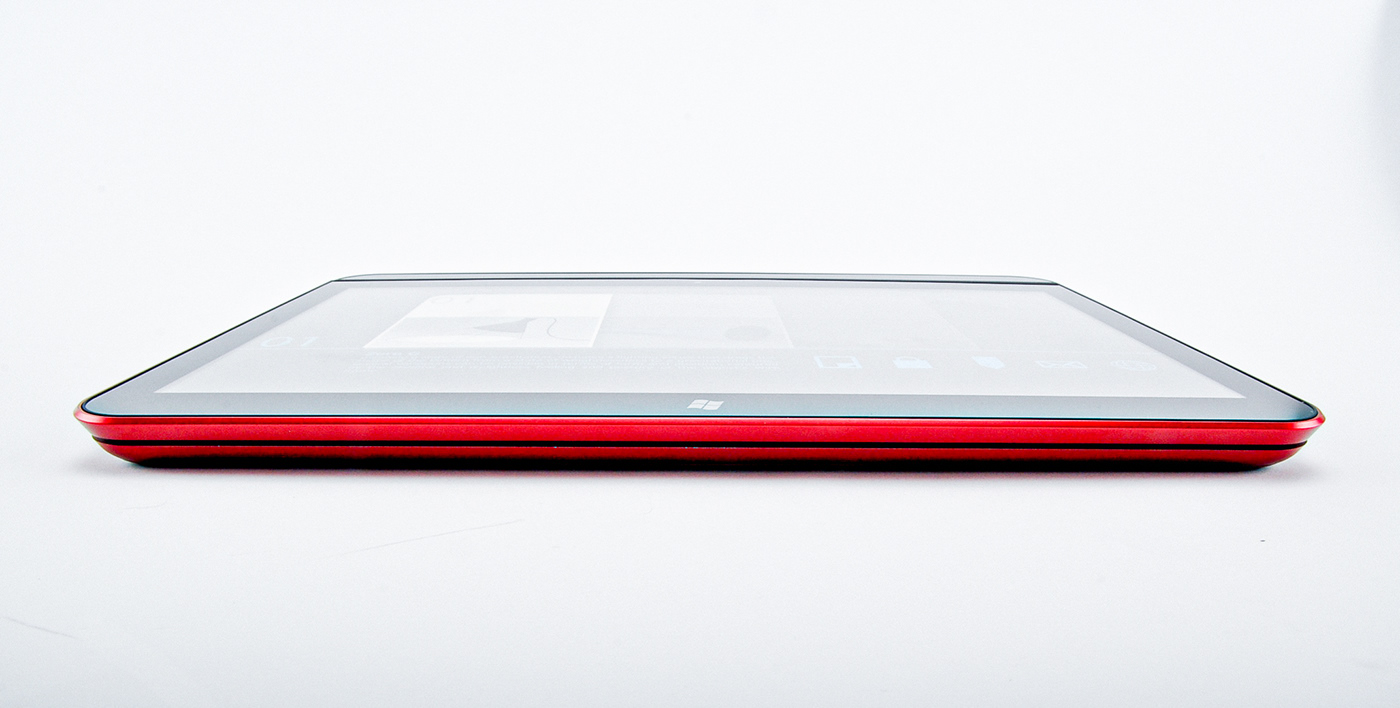
The bowl-like taper around the edges didn’t just make Cove Point soft in the hands, it also offered a grip all along the perimeter for lifting the lid - so no obligatory finger scoops were needed.
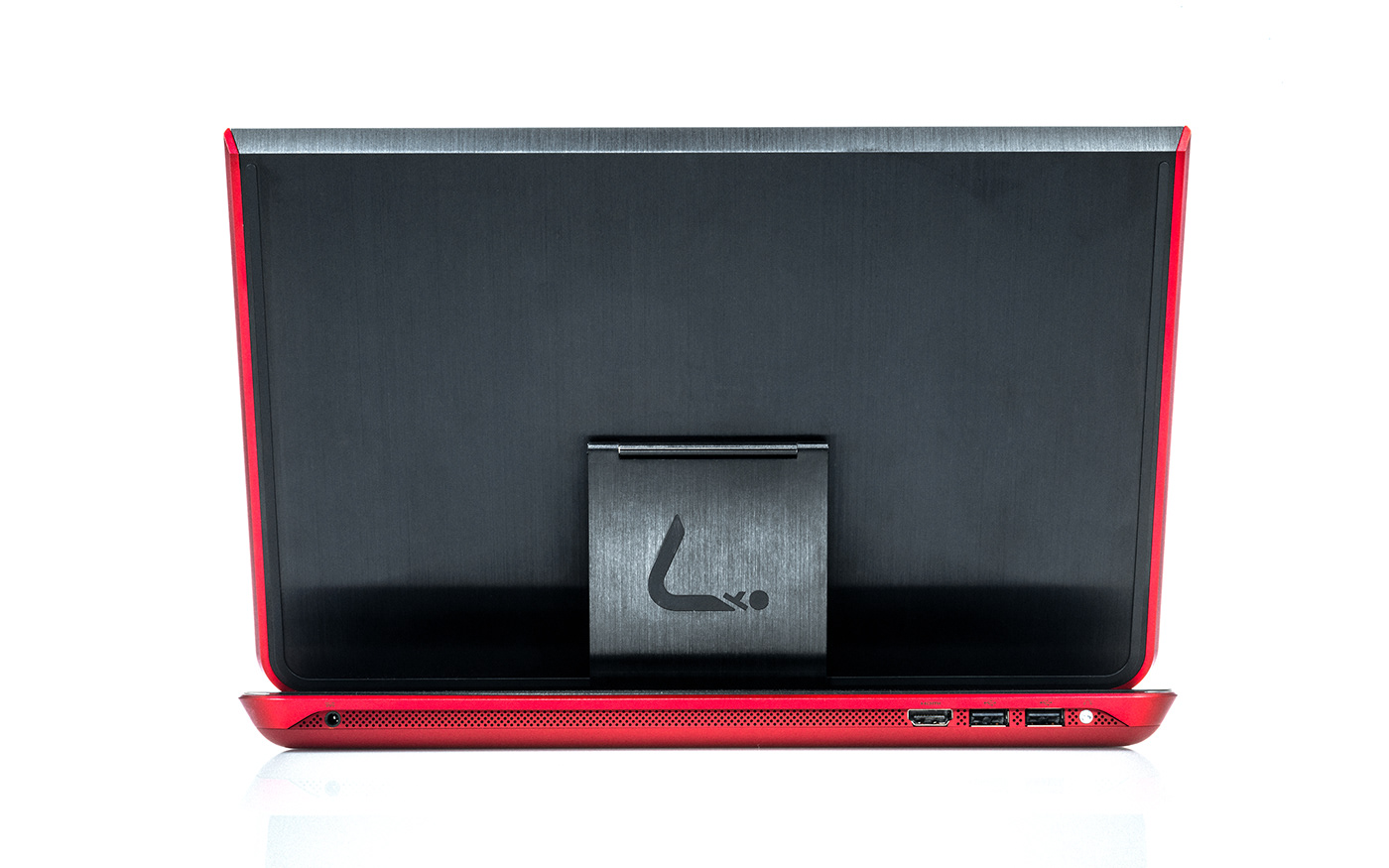
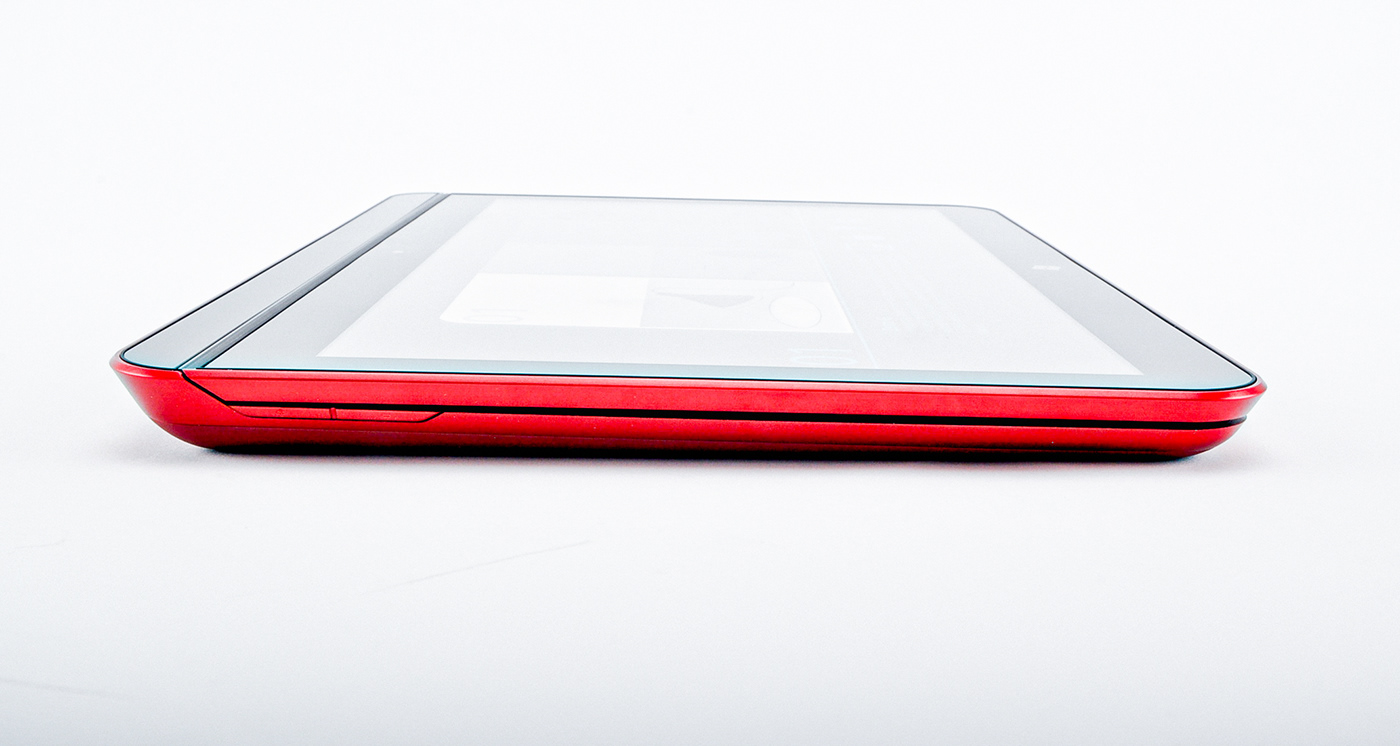
The silky-soft TPU on the underside provide a cozy spot for the hands, but also gripped the table when sliding the lid open and shut - again eliminating the need for obligatory feet that would add height to a design we painstakingly teased millimeters out of.
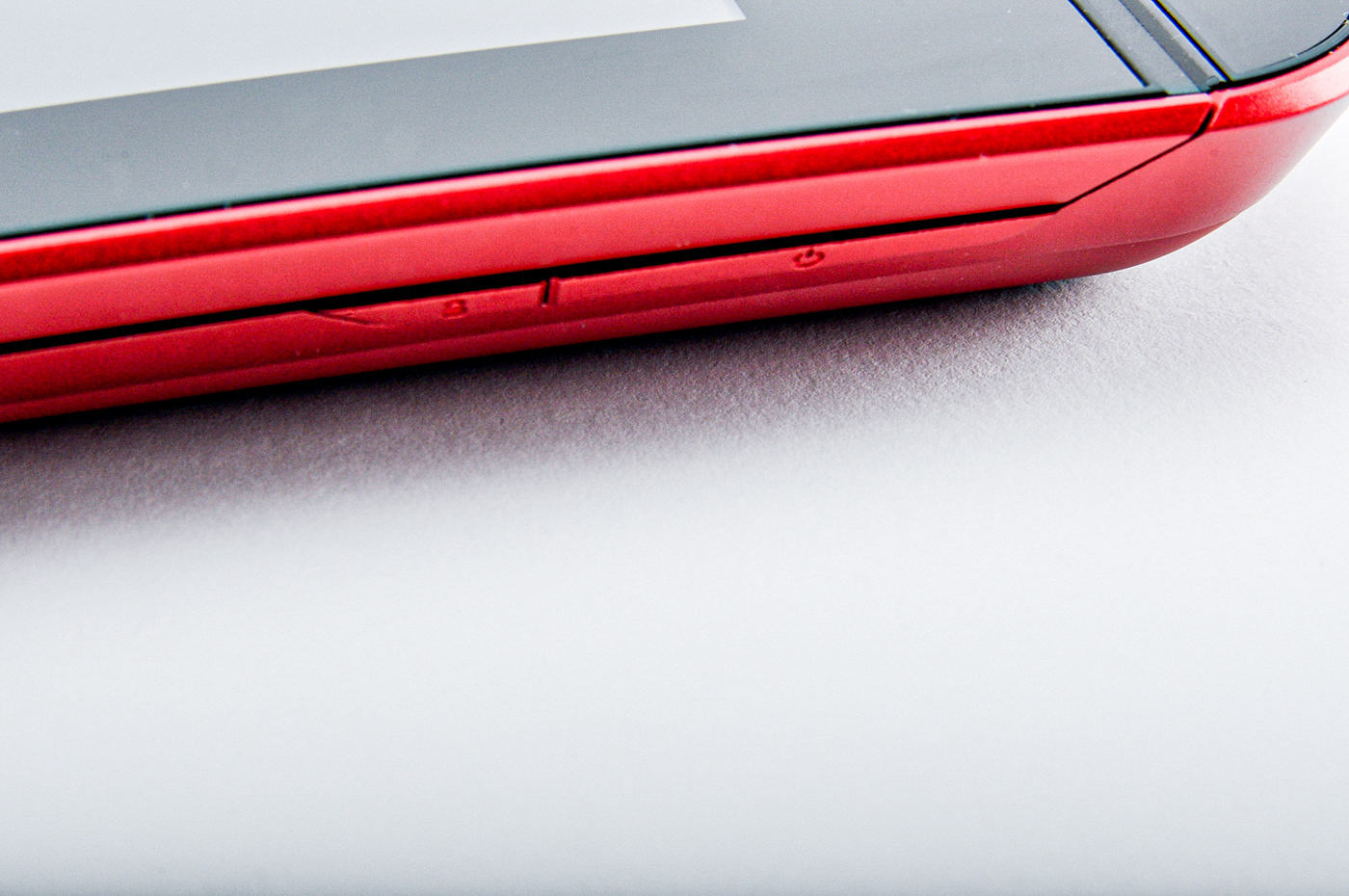
The controls, such as power, volume and screen lock all migrated to the perimeter of the device when in tablet mode, but disappeared from view when opened to laptop mode, with rockers to prevent inadvertent activation. .

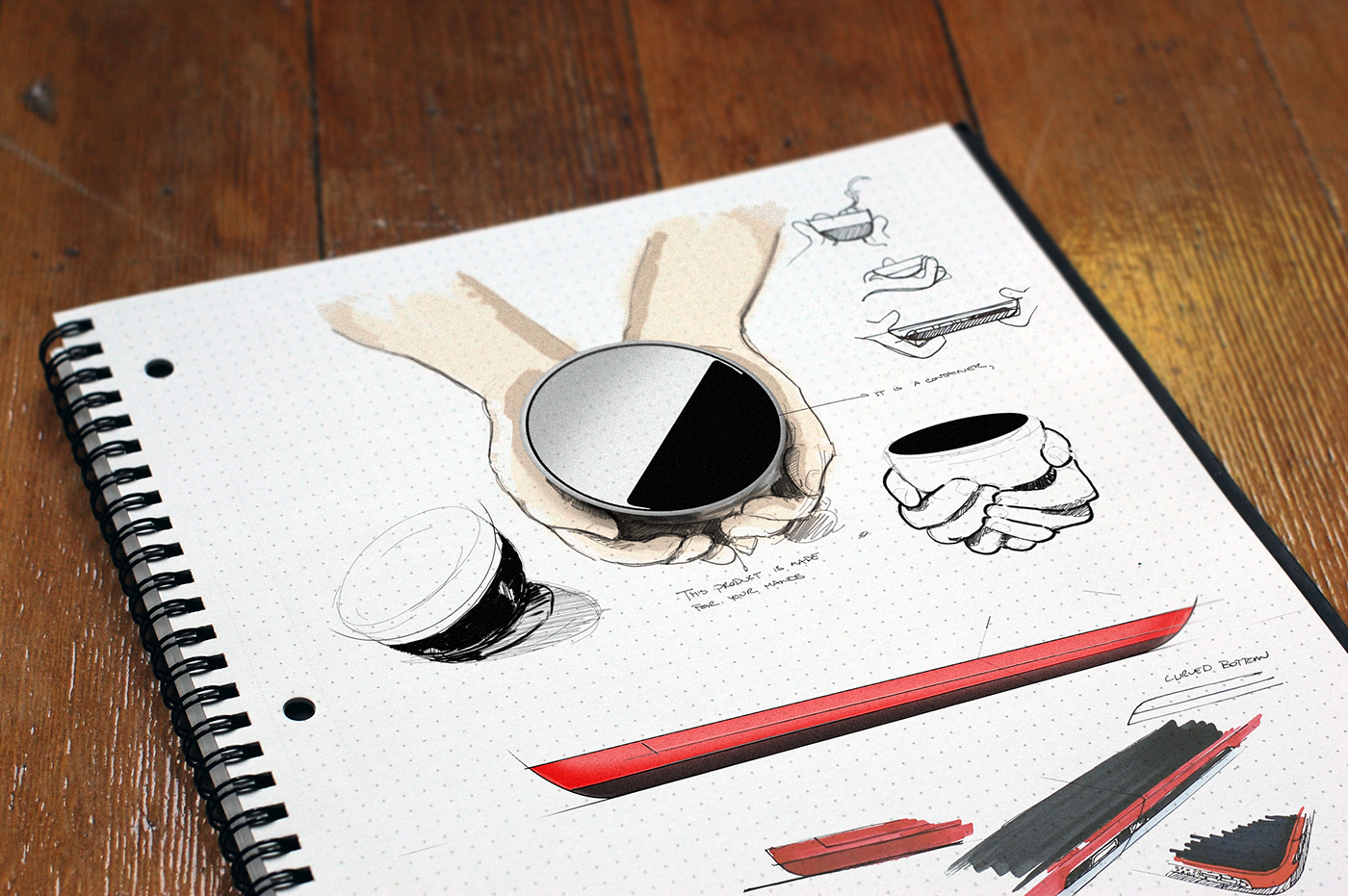
Laptops are often 2- dimensional objects: the design focuses only on touch points, or where the user lays their hands and eyes. This results in a fairly neglected sense of 3-dimensionality where vents and doors and all sorts of junk is left to populate the bottom of the product. That is not the case with Cove Point. The entire form is made to be touched, it is designed for the hands, not for the table. There are no "feet" on the bottom, rather the entire bottom surface is a warm, rubberized finish characterized by durability. It is a material that also feels great in the hands.
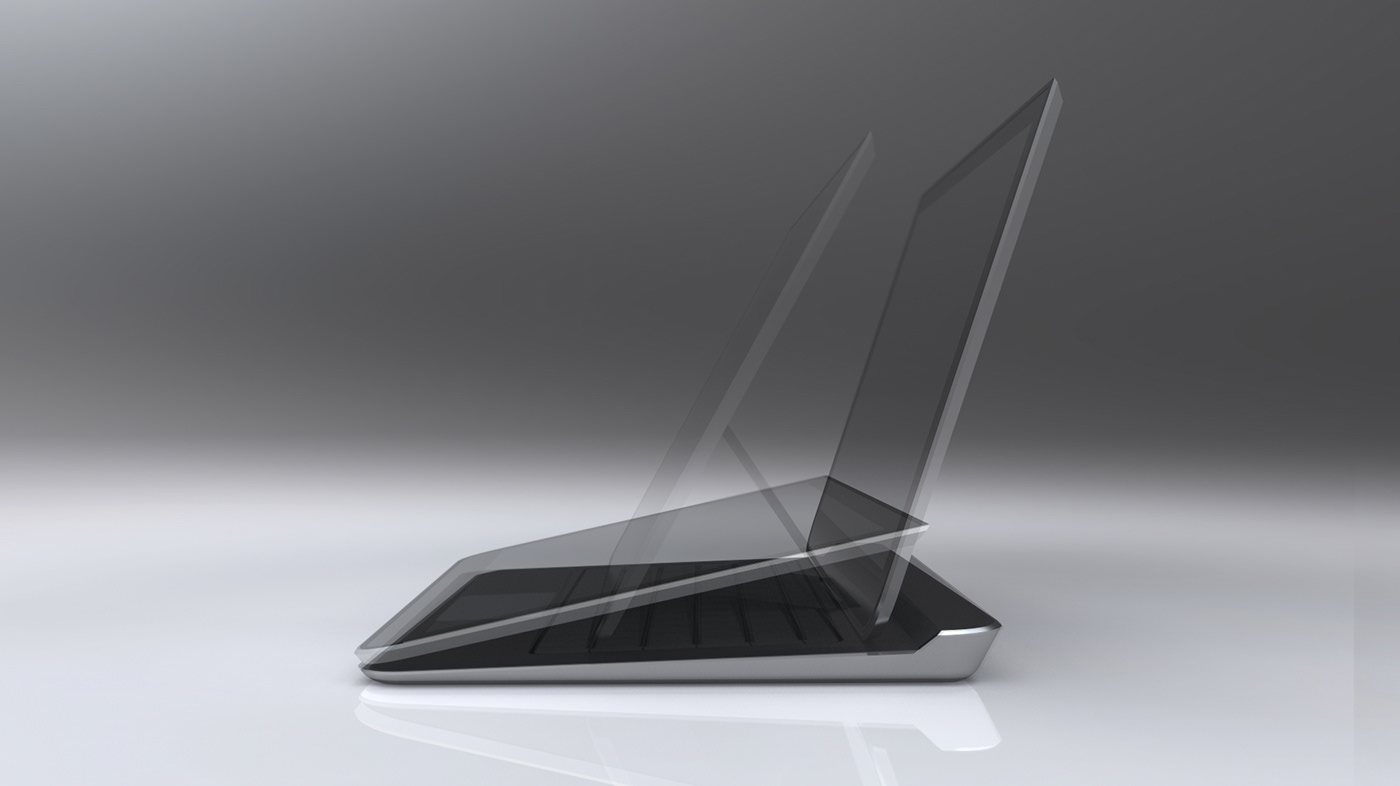
The brief was deceptively simple: create a thin and light platform that could provide a tablet computing experience as well as a traditional laptop experience. Unfortunately, the emphasis was entirely on the states of computing, the what, the utility. As I started going through all of the options of how to convert a laptop into a tablet, looking through the history, something became very apparent: none of these mechanisms handled transitions very well. It struck me that this is a large reason why convertibles with their “twist and flips” were so unappealing. So I added this POV to the brief: “how can we make transitioning from tablet to laptop as easy as lifting the laptop lid?”

We had this concept of a double hinge, but it was rejected because adding 5mms to the thickness of the product to house a hinge was unacceptable. One of our engineers had the idea of a “trap door” to house the hinge built into the keyboard. It erased the presence of the hinge when closed. When we demonstrated through mockups that we could create this hinge without a thickness penalty, the concept was greenlighted for Ultrabook development..
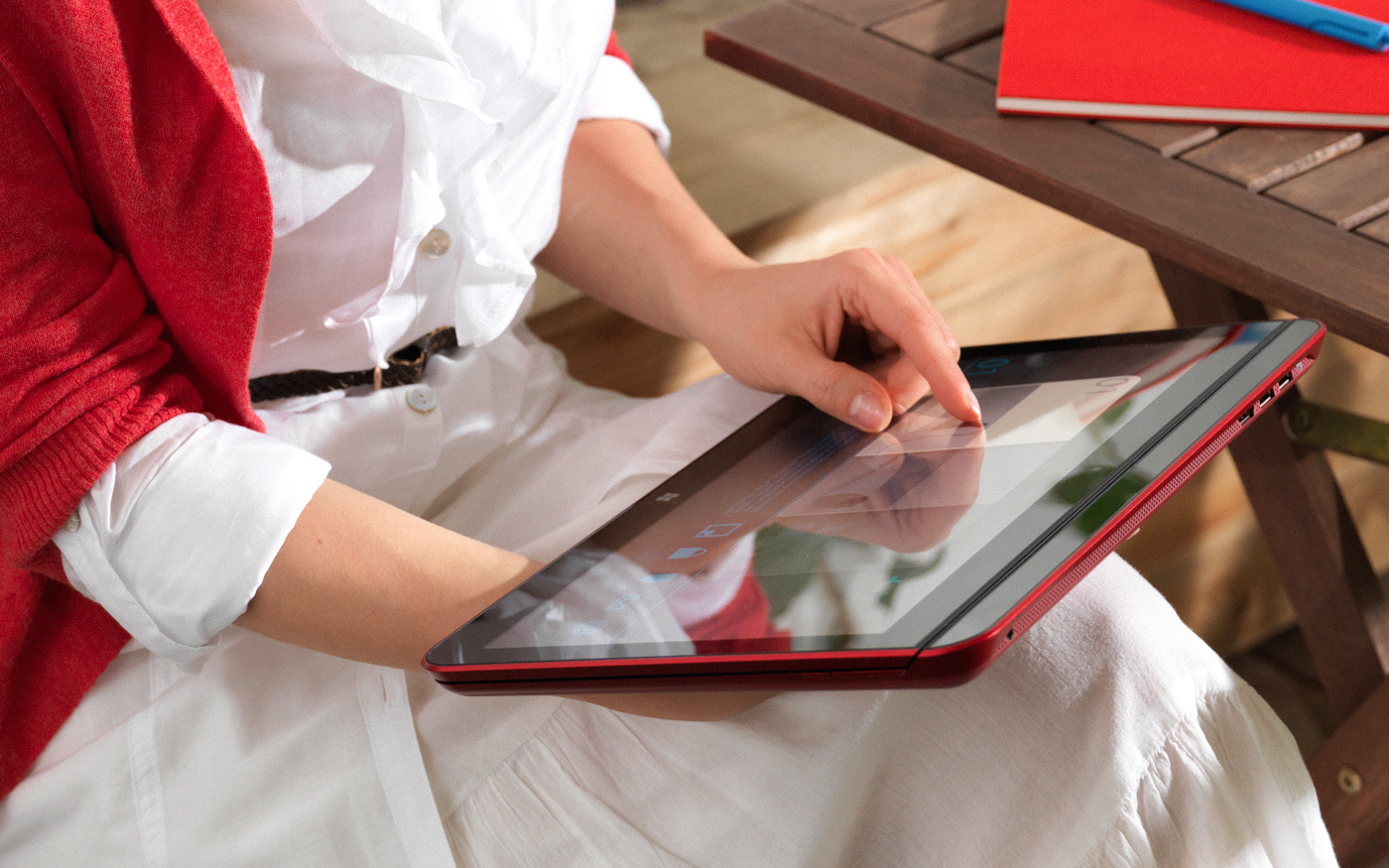
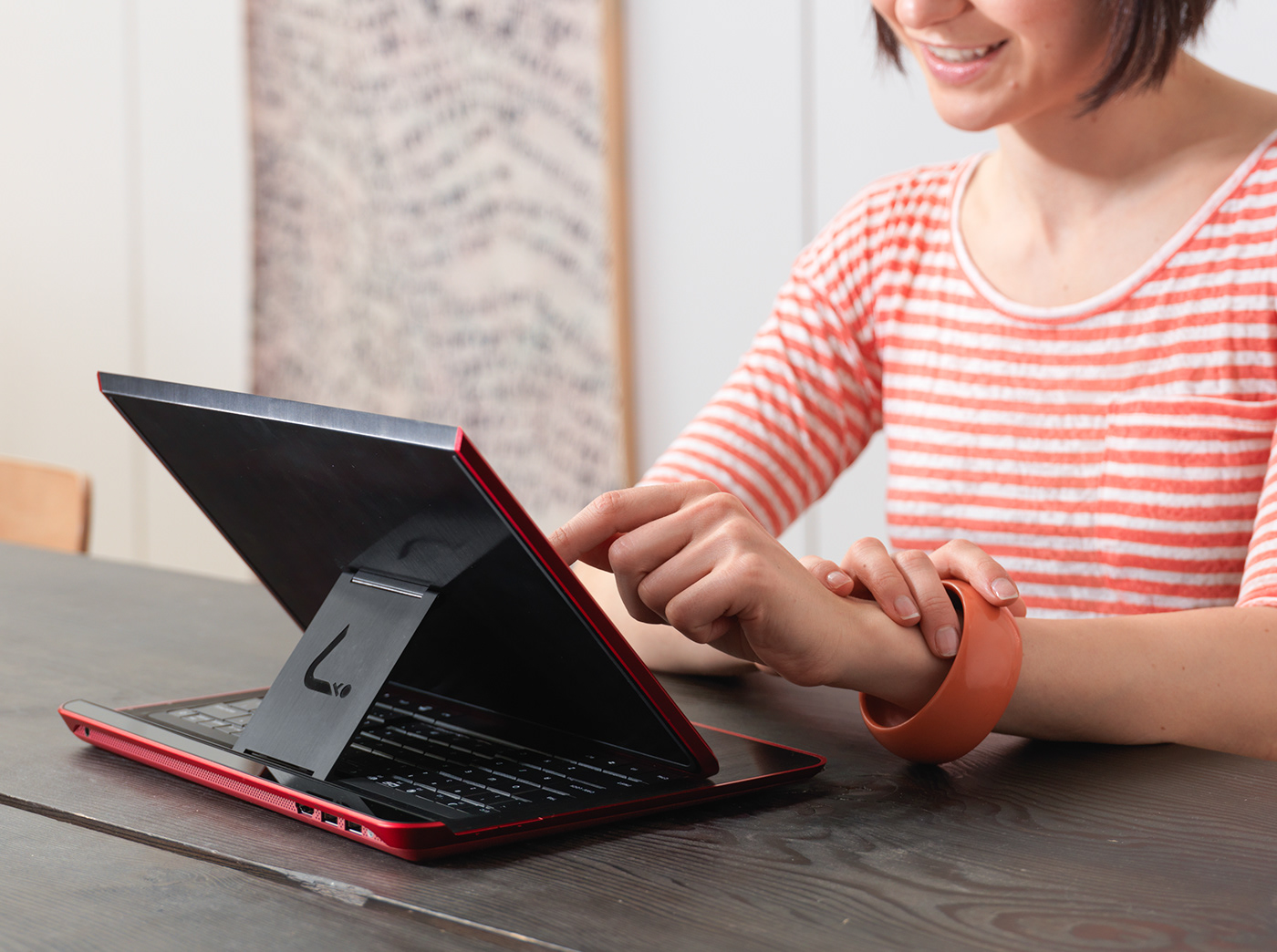
Regardless of what mode you are using the device in, the form language remains complete. Materials and form work together.
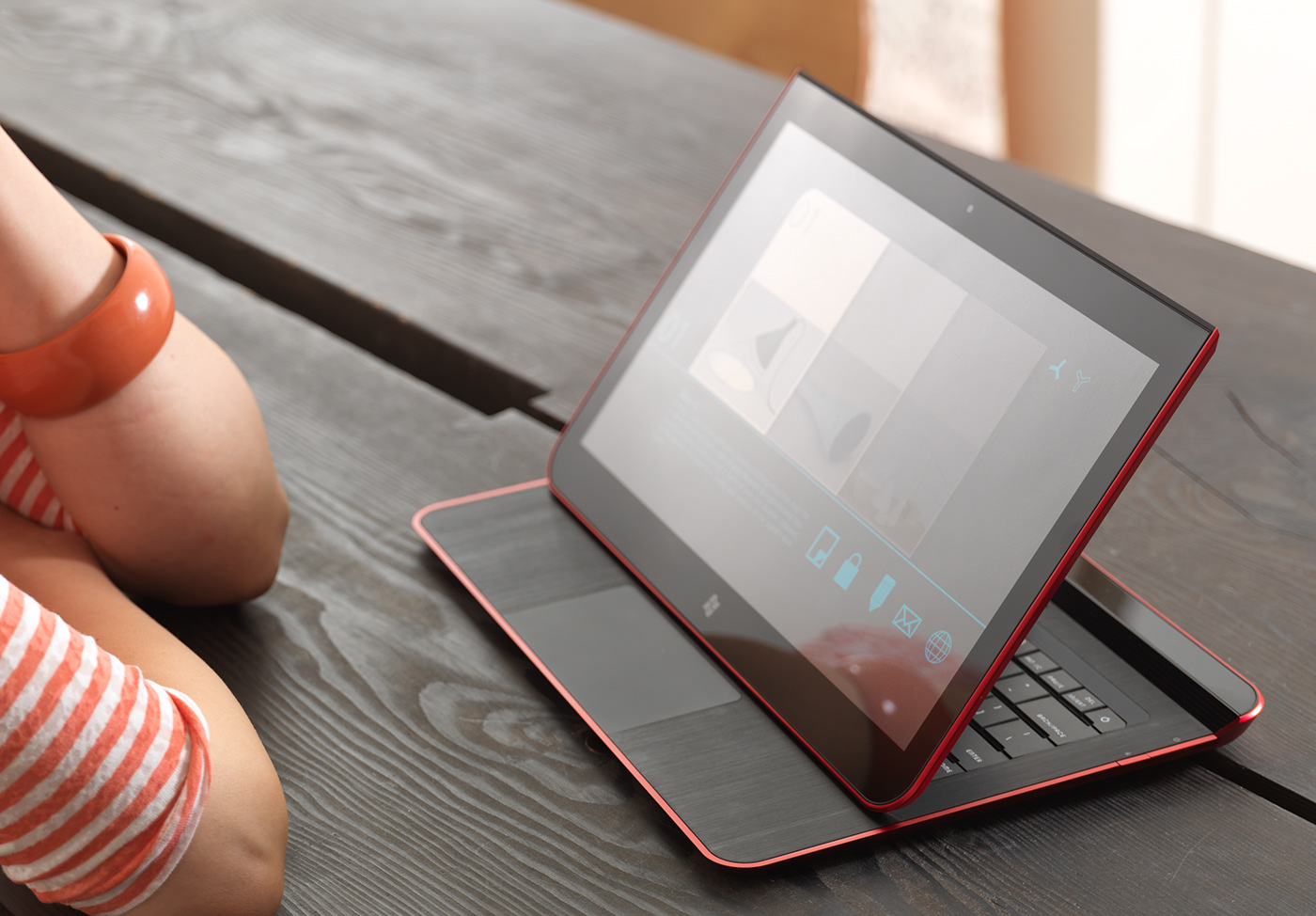
For me, this was the big surprise - and "in between" mode that kicked the touchscreen up at a comfortable browsing angle, but still afforded a trackpad for normal Windows stuff.
